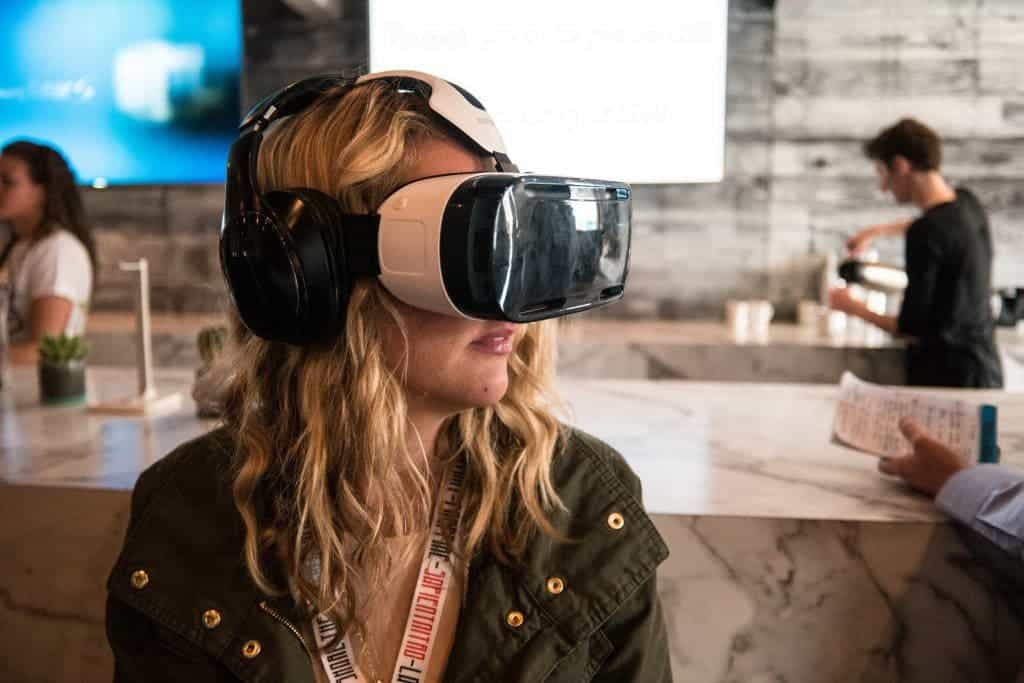The future is now – a new study found that virtual reality can help alleviate depressive symptoms.

The therapy was previously tested on healthy people and showed positive results. Now, the British team tested their idea on 15 depression patients aged 23-61. Nine reported reduced depressive symptoms a month after the therapy, and 4 of them reported clinical improvements in the severity of their symptoms.
Basically, the idea is to make people less harsh on themselves.
“People who struggle with anxiety and depression can be excessively self-critical when things go wrong in their lives,” explains study lead Professor Chris Brewin (UCL Clinical, Educational & Health Psychology).
In the virtual reality setting, patients see a life-size ‘avatar’ or virtual body. The idea is to make the experience as realistic as possible, so that the patient identifies with the avatar. Then, the avatar has to comfort a visibly distressed virtual child. It’s a very simple 8 minute scenario, repeated once a week for three weeks.
“In this study, by comforting the child and then hearing their own words back, patients are indirectly giving themselves compassion. The aim was to teach patients to be more compassionate towards themselves and less self-critical, and we saw promising results. A month after the study, several patients described how their experience had changed their response to real-life situations in which they would previously have been self-critical.”
The results were surprisingly good, but the sample size was too small to draw definite conclusions. The study does do a great job as a proof of concept, and now the results have to be replicated at a larger scale – because the potential seems to be there.
“We now hope to develop the technique further to conduct a larger controlled trial, so that we can confidently determine any clinical benefit,” says co-author Professor Mel Slater (ICREA-University of Barcelona and UCL Computer Science). “If a substantial benefit is seen, then this therapy could have huge potential. The recent marketing of low-cost home virtual reality systems means that methods such as this could potentially be part of every home and be used on a widespread basis.”


